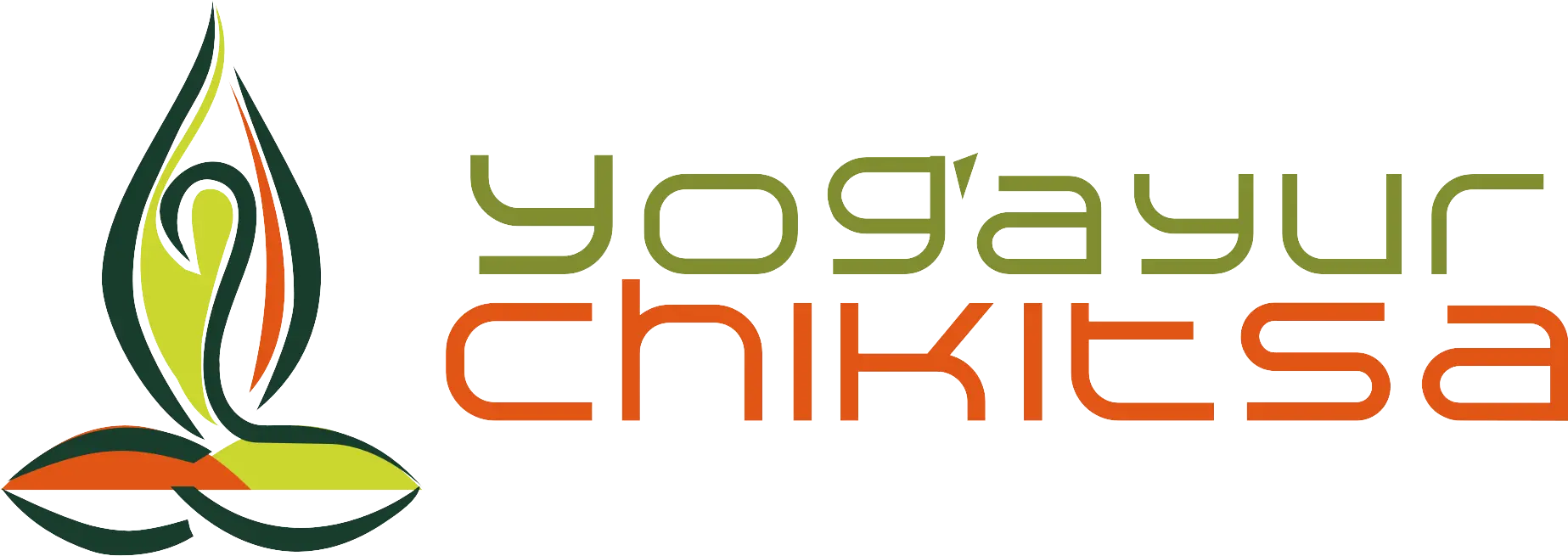Vomiting Therapy in Yoga: The Power of Vamana Dhauti

Summary:
- Vamana dhauti, a yogic cleansing practice, is primarily useful for disorders of the digestive and respiratory systems with its benefits most appreciated for patients with indigestion, hyperacidity and asthma.
- This cleansing practice is not safe for patients with uncontrolled hypertension, gastric and peptic ulcers, hernia, cardiac disorders and acute abdominal surgeries.
- In general, the frequency of vamana dhauti is not more than once per week. Any increase in frequency can be proposed only under the supervision of health and yoga professionals.
Vamana Dhauti is a cleansing practice from Hatha Yoga texts that involves inducing vomiting to remove any toxins or impurities from the stomach. This practice is also known as Kunjal Kriya or Kunjal Kriya Vaman.
The word “vamana” means “vomiting” in Sanskrit, and “dhauti” means “cleaning” or “purification”. Vamana dhauti is one of the six cleansing practices known as shatkarmas in Hatha Yoga. It is believed that regular practice of vamana dhauti helps to improve digestion, remove accumulated toxins, and purify the body.
To perform vamana dhauti, one drinks approximately 1.5 to 2 liters of warm saline water on an empty stomach until the stomach is full. Then, the stomach is stimulated by tickling the back of the throat with the fingers, which triggers vomiting. The process is repeated until all the water and impurities are expelled from the stomach. With practice the need to tickle the back of the throat decreases and then disappears, and now practice is named as gajakarani. Amount of water needed for the practice may vary from individual to individual. Beginners in the practice may not be able to throw up all the water out and some of it may come out later through micturition and/or defecation.
Typically, vamana dhauti can be performed once in 10-15 days. This practice is always to be done empty stomach and strict dietary and rest regimen is to be followed after the practice. This is almost always practiced in the morning.
Vamana Dhauti is believed to offer several therapeutic benefits, including:
Improves Digestion: Vamana Dhauti helps to remove any undigested food particles or toxins from the stomach, thereby improving digestion. This practice can alleviate several abdominal symptoms such as bloating, gas, and abdominal discomfort.
Relieves Constipation: This practice helps to stimulate the digestive system, which can alleviate constipation. Sometimes this benefit is a by-product of inefficient vamana as the remaining saline water in the body results in laghu shankha prakshalana.
Cleanses the Respiratory System: Vamana Dhauti helps to clear the throat and respiratory passages, making it an effective practice for people suffering from respiratory issues such as asthma, bronchitis, or allergies. Vomiting is a common observation among kids when they have a throat or chest infection. Their symptoms tend to subside temporarily after vomiting. Effort of vamana is supposed to do the same for patients with respiratory disorders.
Helps to Treat Acidity: Practice of vamana dhauti can help to reduce the levels of acidity in the stomach and alleviate symptoms such as heartburn, indigestion, and acid reflux. Though this practice might not be the solution for all acid reflux problems.
During pregnancy: In the first trimester of pregnancy, vamana dhauti can be a useful technique to deal with morning sickness. Though it would be more useful to learn this practice in advance to maximize desired benefits.
Boosts Immunity: From yogic perspective, it can be claimed that this practice eliminates toxins and impurities from the body, and helps to boost the immune system and improve overall health.
Vamana dhauti is a powerful practice that involves inducing vomiting, and as such, it is not recommended for everyone. It is contraindicated for people with the following medical conditions:
Ulcers: People with stomach or duodenal ulcers should avoid vamana dhauti, as the practice can aggravate the condition and cause further damage.
Hernia: Vamana dhauti can put pressure on the abdominal muscles, which can worsen a hernia or cause it to rupture.
High Blood Pressure: The forceful process of inducing vomiting can cause a sudden increase in blood pressure, which can be dangerous for people with hypertension.
Heart Disease: People with heart disease should avoid vamana dhauti, as the practice can put undue stress on the heart and exacerbate the condition.
Pregnancy: It can be considered as a relative contra-indication during pregnancy. It can be used to deal with morning sickness of the first trimester and due to associated risk of dehydration and electrolyte imbalances that can be harmful to both the mother and fetus, it should be avoided. Supervision of health professional and yoga experts will be useful before attempting this practice during pregnancy.
Recent Abdominal Surgery: People who have had abdominal surgery recently should avoid vamana dhauti until they have fully recovered. General recommendation is to avoid it for at least three months post surgery.
Anxiety Disorders: Vamana dhauti involves inducing vomiting, which can make sensitive people anxious. Besides, patients with certain anxiety disorders (like eating disorders – bulimia and anorexia nervosa) may not be suitable candidates for this practice.
Although vamana dhauti is generally considered a safe practice when performed correctly, there are some potential adverse effects to be aware of. These include:
Injury or Damage to the Throat: The process of inducing vomiting can be quite forceful, and if done incorrectly, it can cause injury or damage to the throat. This risk is more for the beginners.
Dehydration: Vamana dhauti involves drinking a large amount of water, which can lead to dehydration if not balanced with adequate water intake and electrolyte replenishment.
Electrolyte Imbalance: The practice of vamana dhauti can upset the balance of electrolytes in the body, which can lead to issues such as muscle cramps, dizziness, and fatigue.
Worsening of Certain Medical Conditions: Vamana dhauti is not recommended for people with certain medical conditions, such as ulcers, hernia, or high blood pressure, as it can worsen these conditions.
Nausea or Dizziness: Some people may experience nausea or dizziness during or after vamana dhauti, especially if they have not practiced the technique before or have not followed proper preparatory practices.
It is important to practice vamana dhauti under the guidance of an experienced yoga teacher. Do not forget to seek medical supervision before attempting vamana dhauti, if you have any health issues.
Related Posts

Yoga for Anxiety Disorders
Summary: Yoga can be used as both an add-on treatment and as a monotherapy for…

Yoga for Back pain
Summary: Yoga can be used as both an add-on treatment and as a monotherapy for…

Yoga for Depression
Summary: Yoga can be used as both an add-on treatment and as a monotherapy for…

Leave a Reply